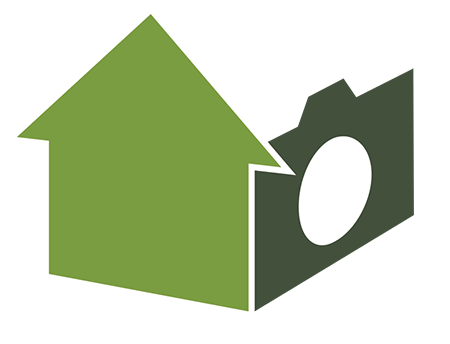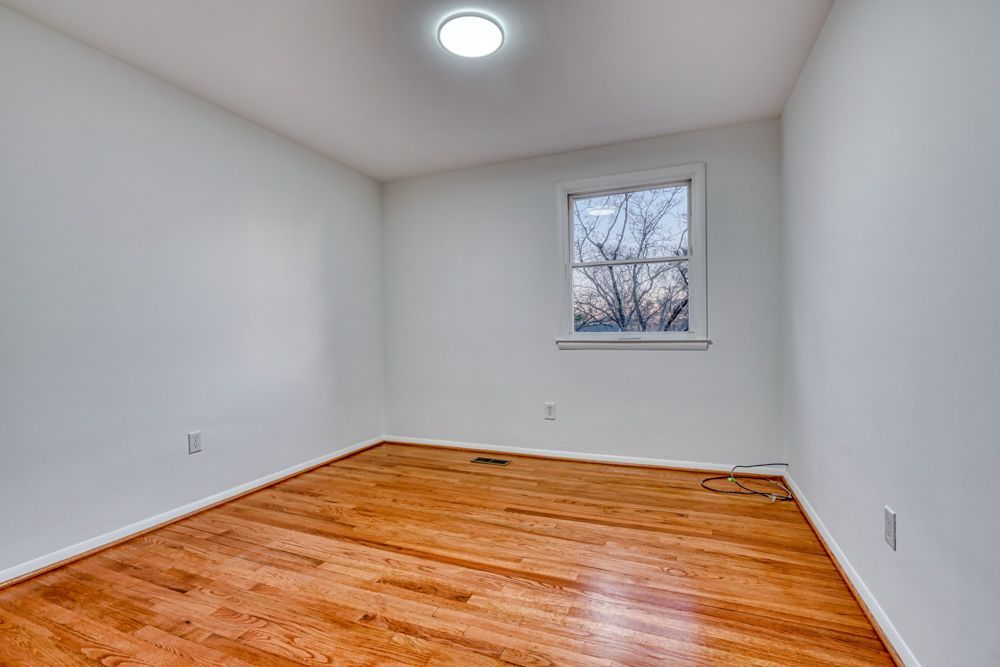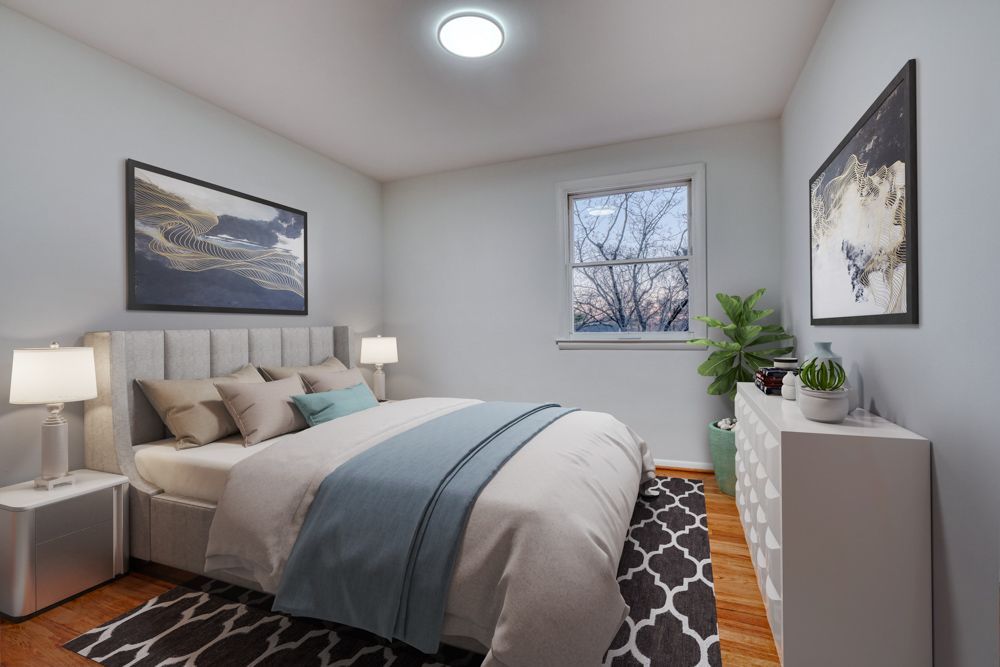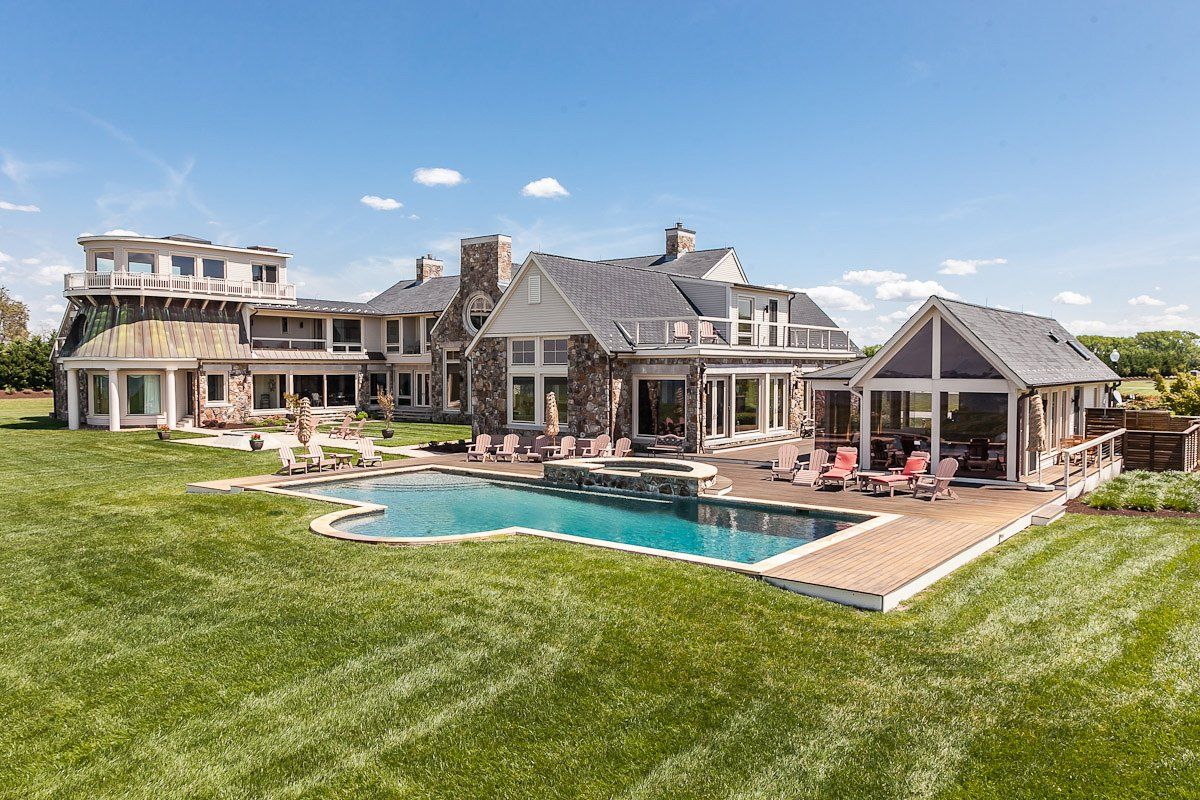Meet Victor Coll, a seasoned expert in the art of in-bound content marketing. With a proven track record in crafting winning content strategies, Victor excels in attracting and engaging audiences organically. His proficiency extends to optimizing content for maximum impact, resulting in increased brand visibility and audience retention. Victor's dedication to the art of in-bound content marketing has helped businesses achieve remarkable growth. Join him as he shares invaluable insights and strategies to empower your content marketing efforts and drive meaningful connections with your target audience.
AI Virtual Staging vs. Traditional Virtual Staging
WHY PAY MORE?
AI Virtual Staging vs. Traditional Virtual Staging
Which One Sells Faster?
Author: Victor Coll
Imagine scrolling through listings on your phone. You swipe past dark, empty rooms without a second thought — then stop on a bright living room that looks warm, stylish, and move-in ready. That pause? That’s staging at work.
Staging, whether traditional or virtual, has one goal: help buyers visualize themselves in the space. An empty room might feel cold or confusing, but add the right furniture and suddenly buyers start picturing their own lives there — dinner at the table, movie nights on the couch, morning coffee by the window.
It’s not just about making photos look pretty. Staged homes typically attract more clicks online, generate stronger showing traffic, and often sell faster (and for more) than vacant ones. That’s why every serious agent at least considers staging as part of their marketing toolbox.
But here’s the question: what’s the smartest way to do it in 2025 — traditional, virtual, or AI staging?
Key Takeaway:
Staging is no longer optional — it’s a proven way to capture buyer attention, drive more showings, and sell homes faster. The real decision today isn’t
if
you should stage, but
how
you should stage.

Traditional Staging: The Tried-and-True Classic


Traditional staging is the OG of real estate marketing. Since the 1970s, agents have relied on designers, rental furniture, and a lot of heavy lifting to breathe life into empty spaces. And to be fair — it works.
Why Agents Still Love It
- Authenticity you can feel – When buyers walk through a staged home, everything they see online matches what they experience in person.
- Emotional connection – Soft throws on the couch, the smell of fresh flowers, and cozy lighting create an atmosphere that feels like “home.”
- Proven results in certain markets – Luxury buyers in particular often expect — and respond to — beautifully staged homes.
The Trade-Offs
- Cost: Renting furniture and paying for design services isn’t cheap. Expect $1,500–$3,500 per property per month (and sometimes way more in high-cost markets).
- Time: Coordinating movers, furniture rentals, and design setup takes 3–7 days — time you don’t always have when a client wants to go live fast.
- Risk: Damage, theft, or limited style inventory can all make staging feel like a gamble.
Key Takeaway: Traditional staging still delivers unmatched in-person impact, but it comes with high costs, slower turnaround, and logistical headaches. It’s best reserved for luxury markets and situations where physical presentation is non-negotiable.

Hometrack Virtual Staging: The Digital Middle Ground
Enter virtual staging — the faster, more budget-friendly cousin of traditional staging. Instead of hauling in furniture, designers use software to digitally place stylish couches, rugs, and artwork into listing photos. The result? Empty rooms suddenly look inviting without ever lifting a sofa.
Why Agents Use Hometrack Virtual Staging
- Affordable: Instead of spending thousands, you’ll typically pay
1-4 photos $39 / 5+ photos $29 per photo
- Fast: Most providers deliver in
24–48 hours — way faster than waiting for movers and designers.
- Flexible: You can try out modern, farmhouse, or luxury looks without swapping out a single real chair.
- Safe: No worries about damage, theft, or coordinating multiple vendors.
The Limitations
- Disclosure required: Since photos are digitally altered, you’ll need to disclose that to buyers.
- Variable quality: Not all providers nail realism — some designs can look “too perfect” or even fake.
- Disconnect at showings: Buyers may love the online photos but feel underwhelmed when walking into an empty, unstaged space.
Key Takeaway: Virtual staging is cost-effective, flexible, and fast — making it ideal for condos, mid-market listings, and rental properties. But without furniture in the actual home, it can’t deliver the same emotional punch during in-person showings.

AI Virtual Staging: The Digital Ground
If traditional staging is the classic novel and virtual staging is the e-book, then Hometrack AI Studio staging feature is the audiobook that reads itself to you while you sip your latte. It’s the newest, fastest option — and it’s changing how agents market properties.
Our Hometrack AI Studio platform doesn't just place furniture digitally; they generate fully staged rooms in minutes, not days. No waiting on designers, no back-and-forth edits. Just upload your photos, pick a style, and let the AI do its thing.
Why It’s Taking Off
- Instant turnaround:
We’re talking
seconds in most cases.
- Lower costs:
AI staging can be as low as a dollar per photo, making it budget-proof for agents with multiple listings.
- Scalable:
Need 30 photos staged across three properties today? No problem. Our Hometrack AI Studio doesn't sleep.
- Experiment-friendly:
Test layouts, swap furniture styles, or run multiple versions to see what attracts the most buyer clicks.
- Workflow boost:
No scheduling, no coordination. Just more time back for prospecting and closing deals.
The Caveats
- Still new:
Some results may lack the nuanced “eye” of a human designer.
- Disclosure still applies:
Just like virtual staging, buyers need to know images are digitally enhanced.
- Not always luxury-ready:
For ultra-high-end listings, traditional staging may still carry more weight.
Key Takeaway: Hometrack's AI Studio virtual staging feature combines the speed of digital with the scalability of automation. It’s the go-to for agents who need results fast, want to control costs, and manage multiple listings at once — but it’s not yet a full replacement for luxury-focused staging.

Head-to-Head Comparison: What Sells Faster?
When it comes down to it, agents care about two things: speed and ROI. So let’s put all three methods side by side.
Cost Breakdown
- Traditional staging:
$1,500–$3,500 per property per month (luxury markets can push $5,000+).
- Virtual staging:
1-4 photos $39 5+ 29 per photo
- Hometrack AI Studio staging:
Free with Hometrack AI Studio image.
Turnaround Time
- Traditional staging:
3–7 days for setup.
- Virtual staging:
24–48 hours.
- AI staging:
Seconds
Best Fit By Property Type
- Traditional staging:
Luxury homes, unique architecture, high-touch buyers.
- Virtual staging:
Condos, rentals, mid-market homes, investor flips.
- Hometrack AI Studio staging:
Fast-moving listings, multiple properties at once, cost-sensitive clients.
Buyer Experience
- Traditional staging:
Full emotional impact in person.
- Virtual staging:
Strong online draw, weaker in-person experience.
- Hometrack AI Studio staging:
Strongest for online speed + flexibility, with results that keep getting more realistic.
Key Takeaway:
Traditional staging still wins in luxury and in-person impact, but for speed and scale, Hometrack's AI Studio staging leaves both options in the dust. Virtual staging sits comfortably in the middle — affordable, flexible, and reliable — making it a strong choice for mid-tier properties and busy agents.

The Hybrid Approach: Why Many Agents Use Both
Here’s the thing: it doesn’t always have to be either/or. The savviest agents are mixing staging methods to stretch their budgets and maximize results.
Think of it like this: use Hometrack's AI Studio or virtual staging to win the online click, then use traditional staging to seal the deal in person. Online, buyers fall in love with the photos; in person, they fall in love with the experience.
Smart Hybrid Strategies
- Virtual/AI for online marketing:
Get listings live fast, test styles, and drive more showings without waiting a week for furniture.
- Traditional for key rooms:
Stage only the living room, kitchen, or primary bedroom to deliver an emotional punch during walkthroughs.
- Budget allocation:
Save thousands by staging just a few areas physically while relying on Hometrack AI Studio or virtual staging for the rest.
- Data-driven testing:
Use AI staging to try multiple styles online. See which gets more engagement, then apply that winning style to physical staging if needed.
This approach blends speed with authenticity, giving buyers the best of both worlds while helping agents stay competitive in tight markets.
Key Takeaway:
A hybrid strategy often delivers the highest ROI. Use AI and virtual staging to cast a wide net online, then rely on selective traditional staging to create emotional impact during showings.

How Hometrack AI Studio Fits into Your Business
If you’re weighing your options, remember that you don’t have to choose blindly. Hometrack AI Studio gives you the best of both worlds by putting powerful AI tools right at your fingertips.
One of the standout features? Hometrack AI Studio is the least expensive! That means you can transform empty rooms into styled, eye-catching spaces without dipping into your budget. On top of that, you’ll have access to other Hometrack AI Studio photo-editing tools like decluttering, day-to-dusk conversion, blank canvas mode, and item removal.
It’s everything you need to market faster, cut costs, and give your listings the polished look buyers expect — all from one easy-to-use platform.
Frequently Asked Questions
Traditional staging: $1,500–$3,500 per property (sometimes $5,000+ in luxury markets). Hometrack Virtual staging: 1-4 photos $39 / 5+ photos $29 per photo. Hometrack AI Studio: Around a $1 per photo.
Traditional: 3–7 days. Virtual: 24–48 hours. AI: Minutes.
Not if you're transparent. Always disclose when images are virtually or AI staged. Buyers care more about how the home could look than whether the couch in the photo is physically in the room.
Absolutely — and many agents do. Use AI/virtual to market online, then add traditional staging in key rooms for in-person showings.
Speed depends on property type and market conditions. In general: Luxury listings sell faster with traditional staging. Mid-market and rentals benefit most from virtual staging. Fast-moving or multiple listings gain the biggest edge from AI staging.















